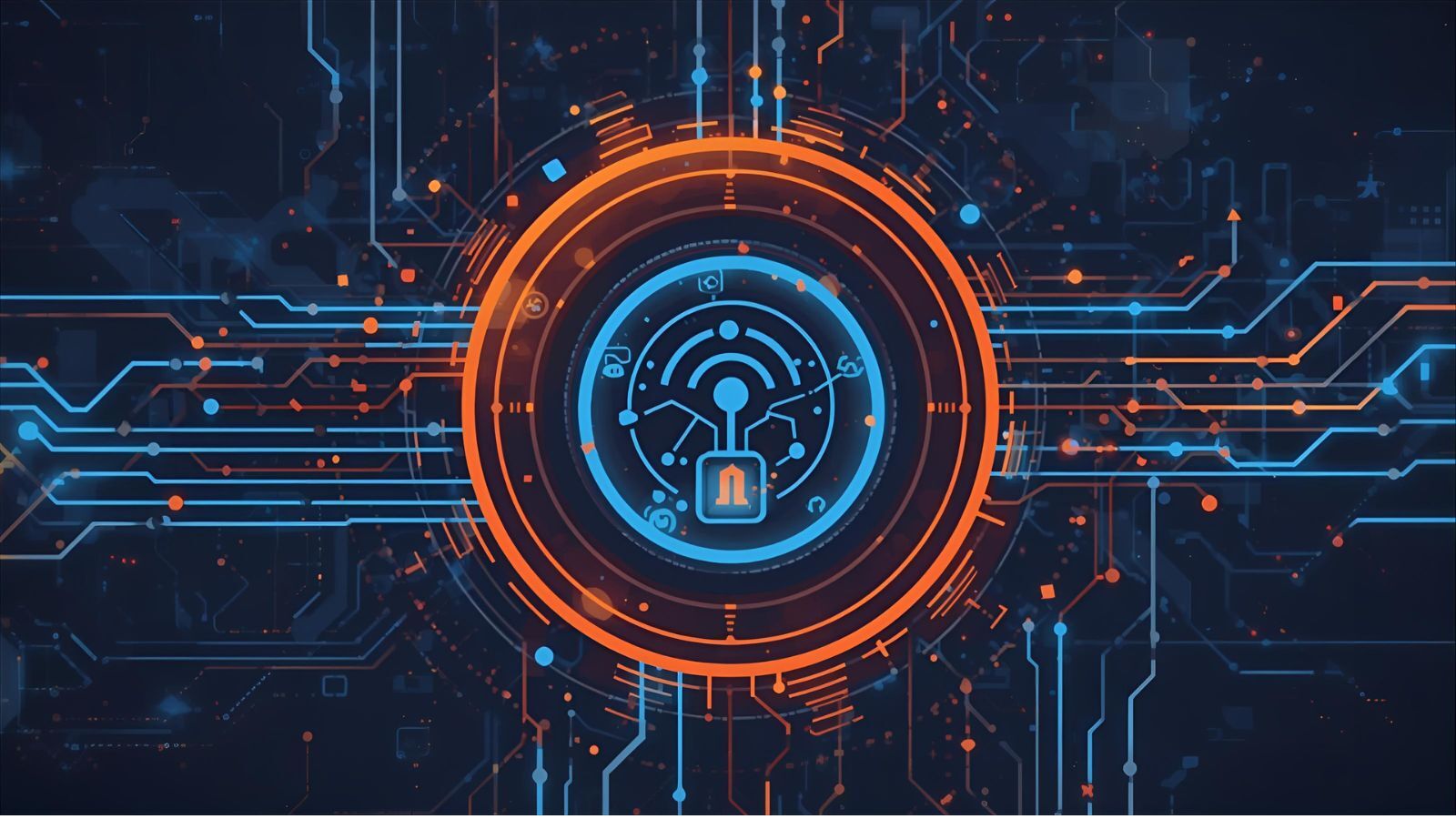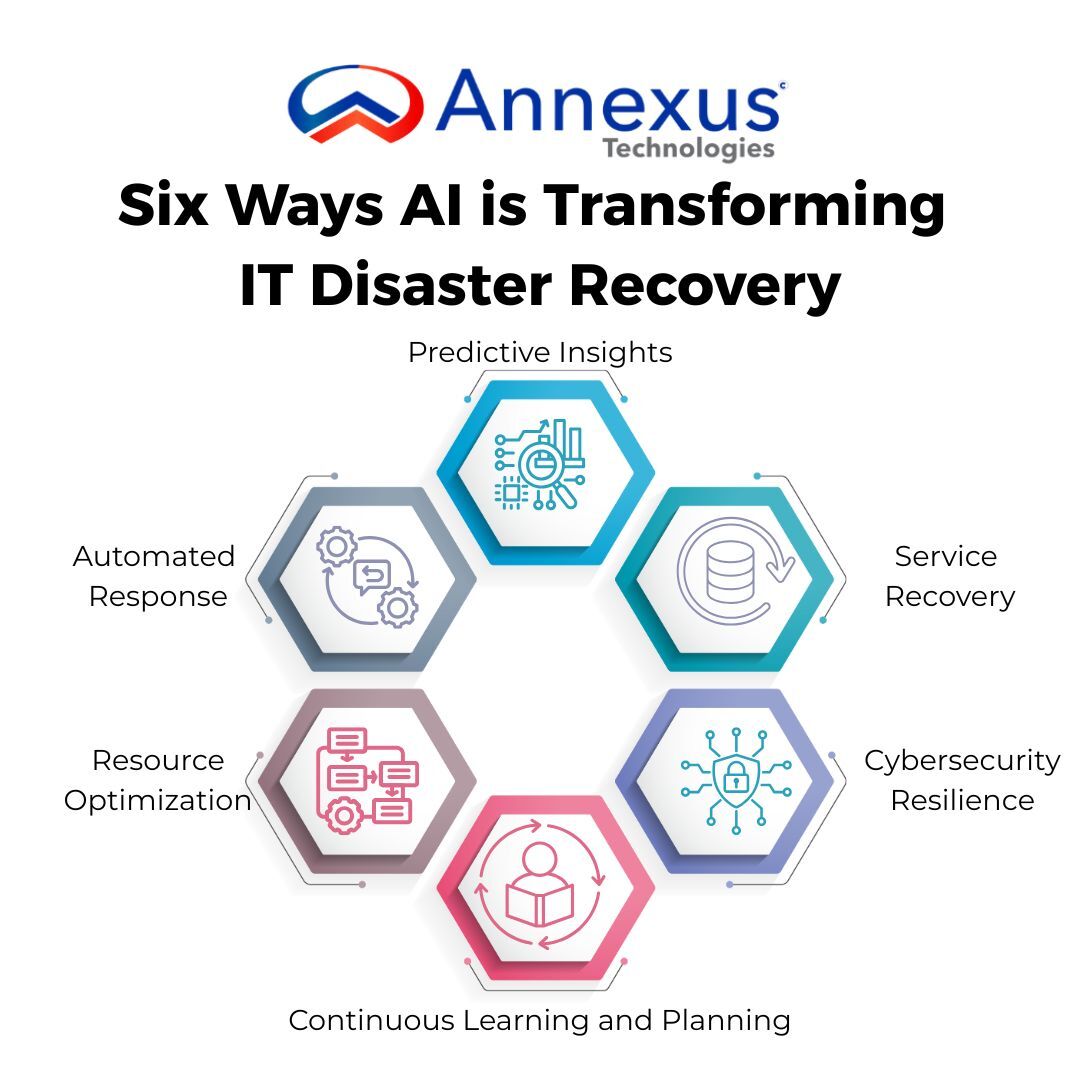
Disaster recovery (DR) has always been at the heart of IT strategy. Whether it’s a cyberattack, a hardware crash, or even a natural disaster, unexpected disruptions can hit without warning — putting data, operations, and revenue at risk.
For years, most organizations relied on static recovery plans, manual coordination across teams, and a largely reactive approach. While these methods worked to some extent, they often proved too slow, costly, and inefficient in today’s always-on, digitally dependent world.
That’s where artificial intelligence (AI) is changing the game. Unlike traditional approaches, AI doesn’t just react — it anticipates, learns, and adapts. By pairing automation with intelligent decision-making, AI is turning disaster recovery into a smarter, faster, and more resilient process.
From Automation to AI: A Critical Shift
For years, automation has been the backbone of disaster recovery. It takes care of repetitive tasks like backups, server provisioning, and failovers — saving time, cutting down on errors, and giving IT teams breathing room. But automation has its limits. It follows rules without really “thinking,” learning, or adapting to new challenges.
That’s where AI comes in. AI goes beyond scripted actions, analyzing massive volumes of data, spotting hidden patterns, predicting failures, and even suggesting or executing recovery steps on its own. Unlike automation, it doesn’t stay static — it learns from every incident, becoming smarter and more reliable over time.
The impact is real: companies using AI in disaster recovery have seen recovery times improve by as much as 45%, with recovery points getting more precise by more than 60%. Businesses are noticing the difference — more than 70% of organizations plan to increase their investment in AI-powered recovery solutions by 2025.
Six Ways AI is Transforming IT Disaster Recovery
AI isn’t just a futuristic idea — it’s already changing how businesses prepare for and bounce back from IT disruptions. Instead of relying only on rigid plans and long manual processes, AI brings speed, intelligence, and adaptability. Here’s how it’s making a difference:

Overcoming Barriers to Adoption
Of course, bringing AI into disaster recovery isn’t without its challenges. Many businesses are excited about the potential, but when it comes to rolling it out, they often hit a few common hurdles:
Skills gap. Most IT teams don’t have AI experts on staff, and training or hiring for those roles takes time and resources.
Data and compliance worries. Using AI means handling massive amounts of sensitive information — and that raises big questions around governance, privacy, and regulation.
Cost concerns. AI solutions can be expensive, especially when they involve new infrastructure or advanced platforms.
Proving the value. Leadership teams want to see clear results before committing, and measuring ROI on something as complex as disaster recovery can be tricky.
Fitting it all together. Many organizations are juggling legacy systems alongside cloud tools, which makes integration one of the biggest headaches.
Still, businesses are pushing forward. In fact, recent surveys show that 77% of enterprises believe AI will transform the design of disaster recovery plans, and 76% believe it will change the way those plans are executed. Despite the challenges, the belief in AI’s potential is strong — and most leaders see it not as a question of if, but when.
The Road Ahead
The threats facing businesses aren’t slowing down — from cyberattacks to unexpected cloud outages — and the cost of downtime keeps rising. On average, companies now lose nearly $9,000 for every minute of IT disruption, making resilience more than just a buzzword; it’s a necessity.
AI brings a new level of intelligence to disaster recovery: predicting risks before they strike, automating recovery steps in seconds, and continuously learning to get stronger after each event. It’s no longer about just surviving a disruption — it’s about bouncing back faster and smarter.
At Annexus Technologies, we’re helping organizations embrace this shift by combining cutting-edge AI with trusted IT expertise. The future of disaster recovery will belong to businesses that are proactive, adaptable, and resilient.

